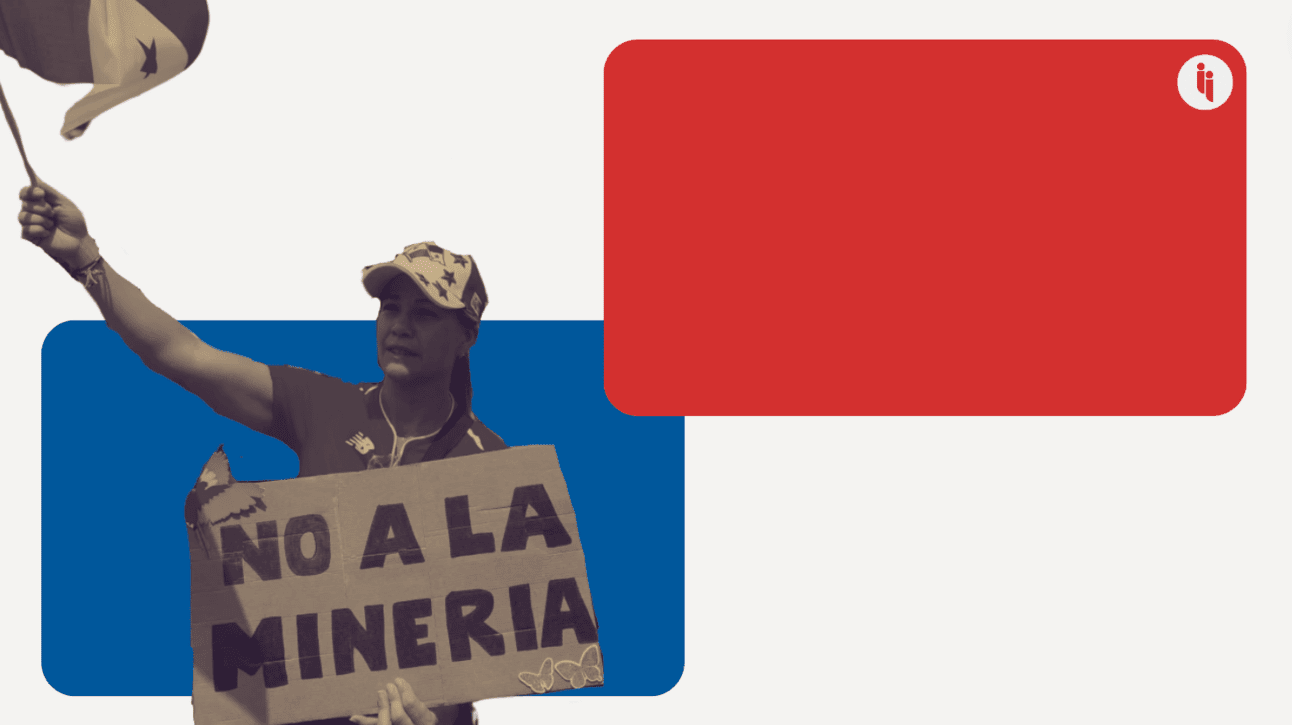Panama’s Supreme Court ruled unanimously (🇵🇦) on Tuesday that the law behind the country’s vast Cobre Panama copper mine was “unconstitutional”.
The court said the contract between Panama’s government and the Canadian-owned mine violated protected rights (like the right to a healthy environment). So in response, President Laurentino Cortizo is now closing the mine.
But Cobre Panama, which began production in 2019, is no ordinary mine. It:
Stay on top of your world from inside your inbox.
Subscribe for free today and receive way much more insights.
Trusted by 99,000+ subscribers
No spam. No noise. Unsubscribe any time.
- Cost $7B to build and now produces >1% of the world’s copper
- Accounts for 5% of Panama’s GDP and 75% of its goods exports, and
- Employs around 8,000 workers (plus another ~30,000 contractors).
So what went wrong?
Cobre Panama’s scale (34,000 acres) and location (in lush Caribbean jungle) angered environmentalists and traditional landowners from the very beginning.
And the company’s negotiations with workers (on wages) and the government (on royalties) really dragged on until Panama approved the contract last month.
But then protests broke out and soon snowballed to include unions, and then a broader cross-section of folks angry at Panama’s overall direction.
If we had to sum it up (and at this point, we really do), it became an outpouring of built-up frustration that Panama just wasn’t being run for Panamanians.
- Protestors stormed the mine’s port and blocked key highways
- Near-daily mass demonstrations cost the country billions, and
- Violent incidents cost protestors’ lives and injured several miners.
But while many celebrated Tuesday’s court decision, this isn’t over yet:
- There are now counter protests by mine employees, suppliers and unions
- Barclays has downgraded Panama’s bonds
- Copper futures have spiked
- The mine’s Canadian shares have tumbled, and
- Its owners are now weighing how best to recoup their ~$10B investment.
INTRIGUE’S TAKE
Panama’s history has long been shaped by foreign actors. In fact, Panama declared independence from Colombia in 1903 after the US backed local secessionists to pave the way for construction of the Panama Canal.
So it’s no wonder news of foreign firms extracting the country’s resources is a touchy subject for many folks in Panama.
Still, this story strikes at the heart of three major tensions:
- The tension between preserving local ecosystems, while still extracting resources the world needs for the energy transition
- The tension between maintaining control over resources, while still creating the conditions to attract essential foreign investment, and
- The tension between governing for the people, while somehow still financing (without mining royalties) the services people want.
The right balance looks different in each country. And in Panama, it now looks very different compared to a week ago.
Also worth noting:
- International investors have also been spooked by a two-day strike at a Chinese-owned copper mine in Peru this week.
- Some analysts were forecasting a copper surplus in 2024, possibly cushioning this week’s news out of Panama. But realistically, the world’s longer-term energy transition needs more copper, not less.








